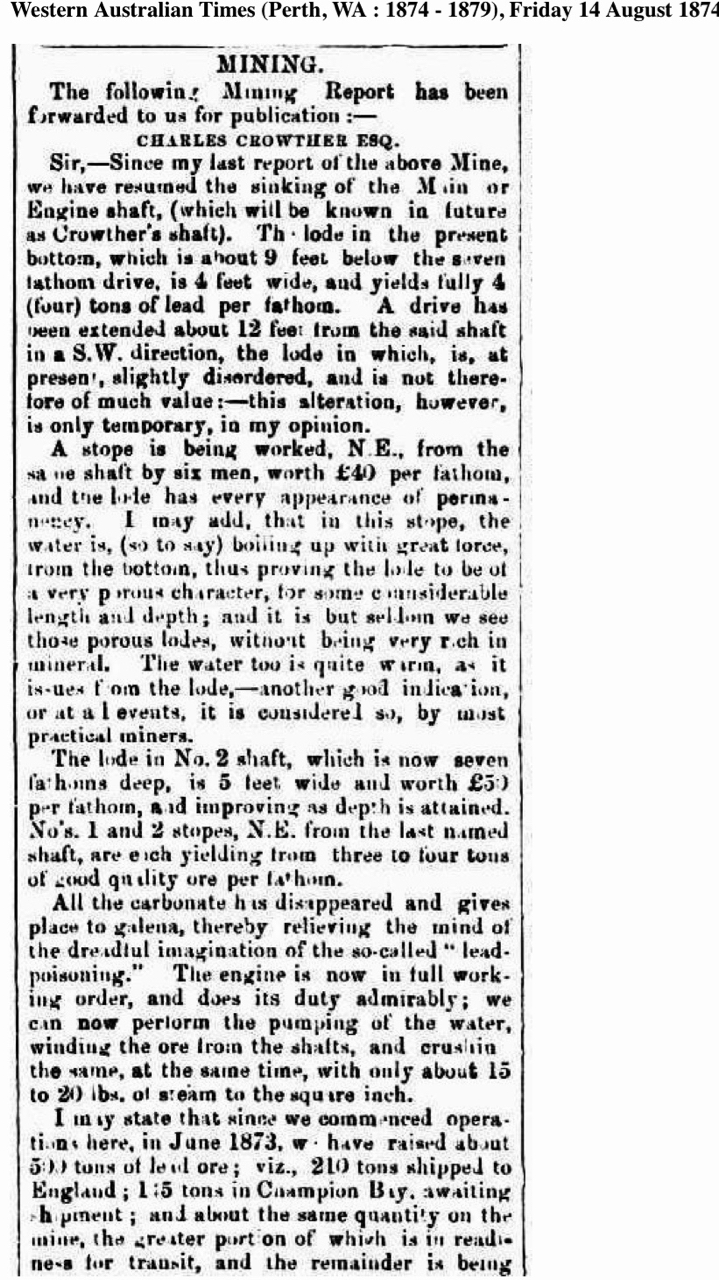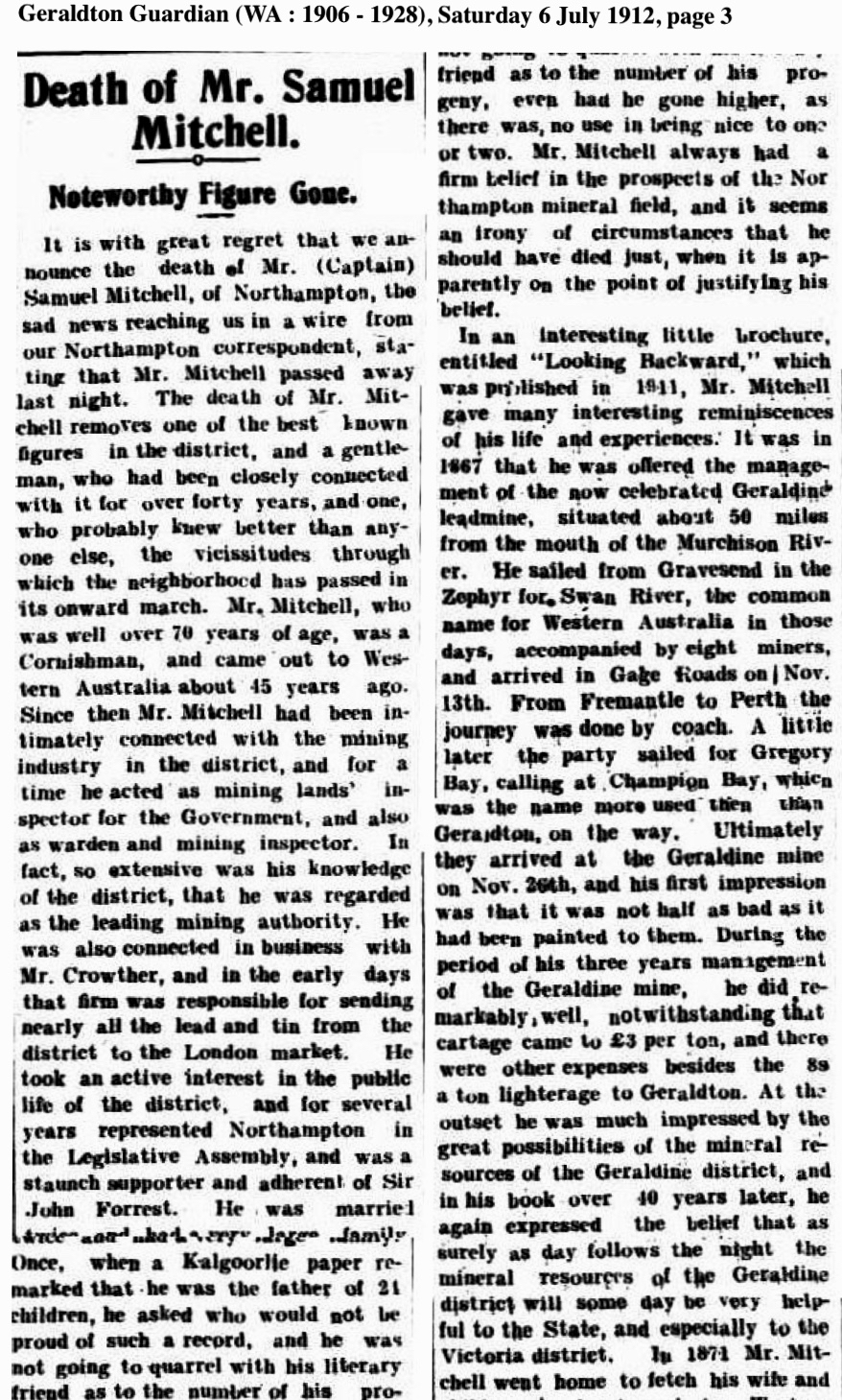The story of Davey Cripps WX15783
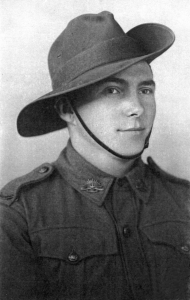
Peter Cripps, nephew of David Charles Cripps WX15783 wrote much of he following story of his Uncle’s life. Twenty two year old Davey Cripps from Northampton did not survive the sinking of ‘Rakuyo Maru ‘in the South China Sea in September 1944.
Peter Cripps wrote ‘Uncle Davey knew all the blokes from around Northampton area who had enlisted with the 2/4th including Bill Carlyon WX15785, Edward A. Cornell WX16260, Ernst E. Randall WX16356, Don Sutherland WX16967, WX16279 Eric Osborne and Ron Simkin WX8141′.
Davey Cripps enlisted on 13th August 1941, Taken on Strength to Woodside Camp, South Australia on 5th October 1941. Davey was allocated to ‘A’ Company Headquarters and following the Fall of Singapore was interned at Selarang Barracks. Read further about Cripps.
Also read the tragic story of ‘Rakuyo’ Maru.
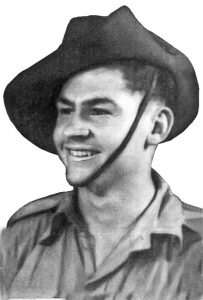
WX15967 Donald Elias Sutherland enlisted 22 August 1941, joined ‘A’ Company and Taken on Strength to Woodside, SA. joining with the rest of 2/4th. Tragically he was KIA Buona Vista, Singapore on 15 February 1942. Don was 20 years of age had been in AIF less than 6 months.
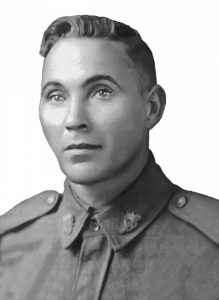
William (Bill) Carlyon WX15785 enlisted on 13th August 1941, he had been working at Galena, Northampton. Taken on Strength to Woodside Camp, South Australia on 5th October 1941 with Davey Cripps. Carlyon was with Green Force working on the railway in Burma. He worked at Linson Wood Camp with McEwen, and was recovered from Nacompaton when the war ended. He survived and RTA.
There are many stories about Bill Carlyon’s POW days – how he stole food for the men – ventured into the jungle looking to find ‘bush’ food and ‘medicines’. With his darker skin he was able to slip out of camp more easily – the Japanese unable to identify him as anything but a local.
Read about Carylon
Ernst Edward Randall WX16356 (known as Jimmy) born Northampton 1908 to Edward Harrison Randall and Martha Maude Rogers who married Northampton 1907. Jimmy was one of fourteen children born to the Randall Family. He enlisted 3rd September 1941, Taken on Strength to Woodside Camp, South Australia along with Cripps, Osborne and Sutherland he joined ‘A’ Company Headquarters.
Selected in Singapore to work on Burma end of Burma-Thai Railway with Green Force No. 3 Battalion, sailing from Singapore May 1942. ‘A’ Force Burma was made up of 3,000 POWs. Jimmy and other 2/4th men became ‘Green Force No. 3 Battalion and were sent by ship from Singapore to south west coast of Burma to repair and enlarge the local airfield at Victoria Point. They worked here for several months until moving to northern most point of Burma-Thai railway. By 1st October 1942 Green Force No. 3 Battalion were at their first work camp on the railway. The first Australian POWs to work on Burma-Thai Railway. They would continue working on the railway line until the end of 1943, after which all POWs working in Burma were sent by Japanese to one of 4 large camps in Thailand. Most of ‘A’ Force, Green Force No. 3 Battalion first arrived at Tamarkan POW Camp, Thailand where their sick were hospitalised and the ‘fit’ sent out to work in smaller groups.
You can read further about ‘A’ Force Burma, Green Force No. 3 Battalion.
12 September 2019 was 75th Anniversary of the sinking of ‘Rakuyo’ Maru.
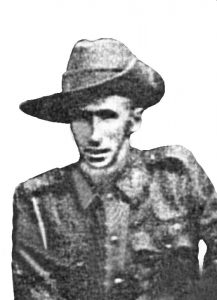
Right: Ernst Randall lost his life after the ‘Rakuyo’ Maru sank in South China Sea following an attack by American submarines. He was 36 and had married Jessie Oxenham in 1940.
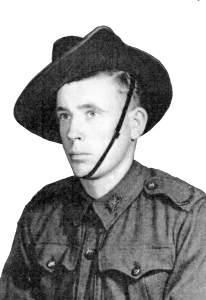
Edward (Ted) Cornell WX16260 Cornell was a young farmer from Ajana near Northampton. Born17 Sep 1913 Northampton to Robert Charles and Mary Edith Cornell. Enlisted 27th August 1941 joined the 2/4th as a Reinforcement with ‘E’ Coy, Special Reserve Battalion.
From Selarang Barracks Singapore, both Cornell and Cripps were selected with ‘A’ Force Burma, Green Force No. 3 Battalion. When the railway completed Cornell missed being selected with ‘Rakuyo’ Maru party with Randall and Cripps probably because he was sick and remained at Tamarkan Camp, later joining a work party to Linson Wood Camp, Banderra (bridge repairs Chao Puraya River). He survived and was recovered from Thailand, flown to Singapore then took a Catalina aircraft back to Perth 18 Oct 1945.
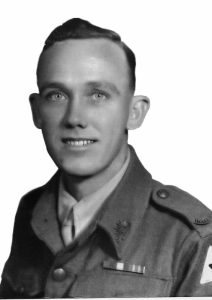
WX20095 McEWEN, William Alexander (Bill) enlisted AIF 1 Oct 1941and joined 2/4th as Reinforcement – ‘E’ Coy, SRB. McEwen had spent his formative years at Northampton.
McEwen also joined Green Force. He was medical orderly at Reptu 30 km Camp, Burma 26 Mar 1943. He was selected to work at Linson Wood Camp with Bill Carlyon before they were both recovered from Nacompaton Camp at the end of war. Bill’s health was always fragile and he died in 1969 at Geraldton Hospital aged 50 years. He was buried at Northampton.

Ron Simkin WX8141 was the veteran of the group. He enlisted AIF 16th August 1940 at Mullewa where he was working. Later became Driver with ‘C’ Company Headquarters. He worked on the Railway in Burma with the other Northampton boys. When the POWs were moved south to Thailand from Burma, Simkin arrived at Tamarkan (we believe it was here he had a toe amputated.) He was then sent to Chungkai Hospital Camp. (And missed the draft to Japan) . He survived and RTA.
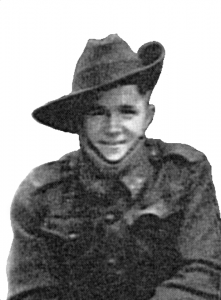
WX16279 Eric Francis Osborne was the son of Henry Joseph Osborne and Edith Beatrice Ash. Edith died September 1929 leaving behind 4 very young children including 7 year old
Eric and a 6 month old daughter. The children were placed into care.
Eric enlisted September 1940 and joined ‘A’ Company with other Northampton boys. Osborne was KIA at Buona Vista on 15 February 1942 aged 29 years. He received a shrapnel wound to his skull. Eric had been in the army five months.
The men were initially interned as POWs at Selarang Barracks. They would have grieved the loss of Don Sutherland and Osborne. The five mates, Simkin, Cripps, Cornell, McEwen, Carlyon and Randall were selected to go with ‘A’ Force Burma, Green Force No. 3 Battalion. This group made a concentrated effort to stay together.
This would prove impossible working on Thai-Burma Railway with illness being an unknown and deciding factor in where a POW moved to and when – Randall was detached for hospital duty at Thanbyuzayat, then went to Kendau and Reptu as a medical orderly.
In 1945 Simkin and Carlyon were recovered from Nacompaton having spent time at Tamarkan, Chungkai, and various separate camps. Cornell was also at Tamarkan and other camps.
Simkin, Carlyon, Cornell and McEwen survived to return home to Western Australia – without their mates. Sutherland KIA Singapore and Cripps and Randall who lost their lives in the South China Sea when US Navy submarines torpedoed the ‘Rakuyo Maru’.
Between December 1942 and April 1944 the majority of POWs working on the Burma-Thailand rail link had been brought south to camps in Thailand firstly to Tamarkan, then depending of their health to Chungkai, Nacompaton, etc. The POWs who had until then survived the brutality of ‘speedo’, life-threatening illnesses and meagre rations hoped to recover with the slightly improved conditions and rations.
The Japanese were hopeful too, because during February 1944 they began to make arrangements to send parties of prisoners to Japan. These ex-railway workers were now to fill Japan’s mines and factories, as there was a labour shortage. 10,000 POWs were to be sent.
The Japanese did not select men with dark skin colour, freckles or anybody with a skin disease. They selected their numbers from the men who appeared to be healthy. Their criteria as in the railway camps was skin deep! It was of no consequence if the men suffered from malaria attacks or other illnesses.
Those selected for Japan were inoculated twice against cholera and pestis (plague) and once against tuberculosis.
Davey Cripps and Ernst Randall were at Tamarkan when selected for Japan with Kumi No. 35. It possible Cripps and Randall met up with Simpkin and Carlyon as they were also at Tamarkan at some point in time.
717 Australians selected for ‘Rakuyo Maru’ and were organized into 6 kumis of approximately 150 men each. Brigadier A.L. Varley, 2/18th Battalion, was commander and was respected as a senior officer with ‘A’ Force in Burma. Varley was well known by the men for standing his ground against the Japanese in particular to protect his men.
Cripps and Randall with kumi 35 were amongst the first group of POWs who would eventually board ‘Rakuyo Maru’ in Singapore, September 1944. They were however, to first travel to French Indo-China where it was initially planned they would leave from out of the port of Saigon.
They departed Tamarkan for Kanchanaburi, travelled by train to Non Pladuk and were accommodated for several days at the Konma transit Camp until the remaining kumis joined them.
Once again the Kumis departed in stages through Bangkok on their way to Phnom Penh, Cambodia. From here they boarded a riverboat called Long Ho taking them on the remaining journey to Saigon (then French Indo-China)
Following a brief stay at Saigon the POWs were taken down river to an estuary of the Riviere de Saigon at Cape St. Jacques and boarded a ship for Japan.
At this point the Japanese realized the danger of moving the POWs by ship from here because of the effectiveness of the American blockade. It would be safer to move the Rakuyo Maru party back to Singapore and sail from there to Japan!
The POWs were returned to Saigon where they worked at the docks, go-downs and various jobs at Tan Son Nhut civil aerodrome located just north of Saigon.
On 24th June the first two kumis (including Cripps and Randall) set out on their journey back to Singapore. The last Kumi left Saigon on 28th June. Several POWs were too sick to travel remained behind.
The POWs did not know their destination.
From the Non Pladuck rail terminus the men became aware they were heading south. On 4th July the train carrying ‘Rakuyo Maru‘ Party crossed the causeway to Singapore where they were moved into River Valley Road Transit Camp. They were back in Singapore!
On about 3rd September 1944 it was finally announced ‘Rakuyo Maru’ Party was once again on its way to Japan. However between 27th July and 3rd September the men worked on excavation of the dry dock opposite Pulau Damar Laut, known as Jeep Island.
Again several men were too ill to travel. Finally in late August 1944 when it was time to board the ‘Rakuyo Maru’ it was found there was not sufficient room and Kumi No. 40 did not board. There were several men from 2/4th amongst this kumi who were rescheduled to board ‘Awa Maru’ to Japan in December 1944. (These men arrived in Japan)
On the morning of 4th September 1944, 718 Australians included in the final draft, marched up the gangway and crammed into number two hold of three holds. Those fortunate prisoners who could not be accommodated below travelled as open cargo on the top deck.
Sailing in the same convoy was ‘Kachidoki’ Maru carrying 1500 British POWs to Japan. Together they formed a draft of 2,218 POWs. The POWs felt apprehension about whether they would reach their destination. They knew of the strong Allied submarine presence in the seas between Singapore and Japan.
The two ships moved out to anchor for 36 hours at the roadstead. On 6th September two more passenger-cargo ships and two tankers joined ‘Rakuyo Maru’ and ‘Kachidoki Maru’. The six ships were joined by their four escorts.
Finally the small convoy headed northeast.
The ‘Rakuyo Maru’ was very cramped, carried little food for POWs but worse the ship had a drastic water shortage.
On the fifth afternoon at sea, on 10th September the convoy was deluged with torrential rain to the great relief and joy of POWs. The next day, on 11th September the small convoy was joined by a further three freighters and three warships.
At about 5.30pm on Tuesday 12th September three US Navy submarines attacked the convoy.
The ‘Rakuyo Maru’ would take about 12 hours to sink . The POWs began their terrible struggle against all odds. Only a lucky few survived long enough in the water to be picked up by the very surprised personnel onboard the American submarines, who had been completely unaware their targets carried POWs.
Read about the family of Peter Cripps

L-R Back Row: Sutherland (KIA), Bill Carlyon, —
Front Row: Osborne (KIA), Randall and Cripps who perished in South China Sea September 1944 – following sinking of their ship ‘Rakuyo’ Maru.
Please read the names of the Northampton men on the town’s memorial plaque
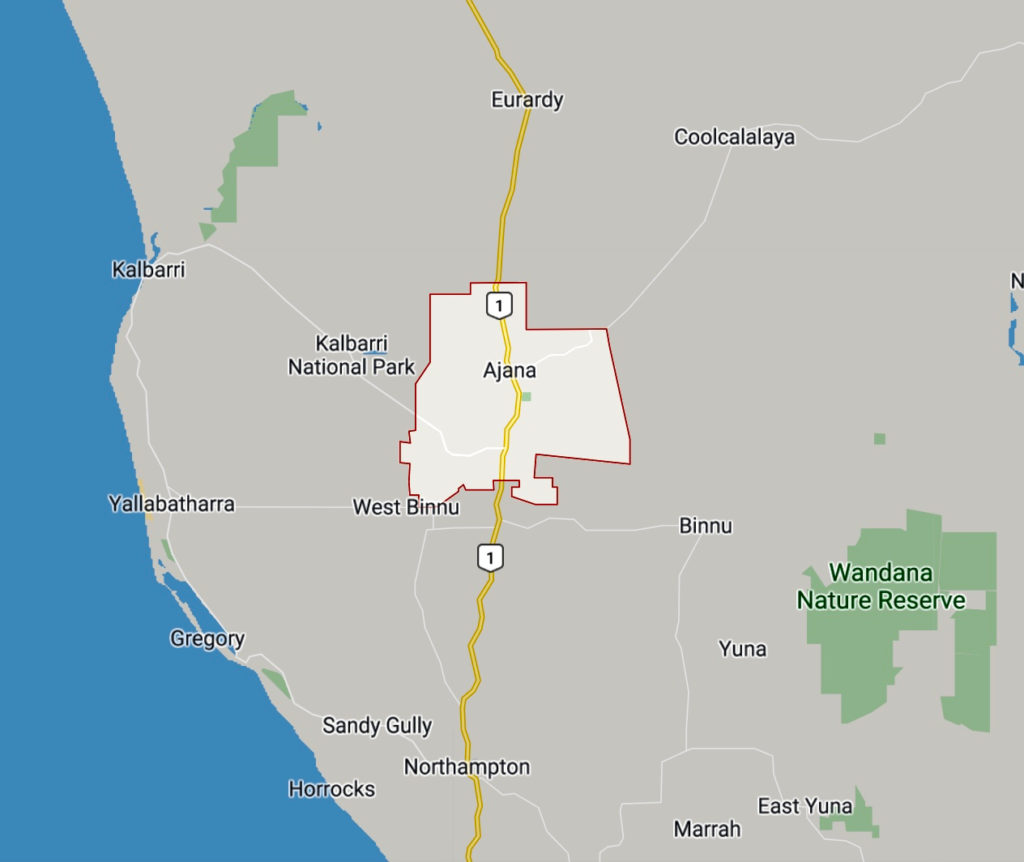
Below: Map showing rail from Geraldton through Northampton and finally to Ajana.
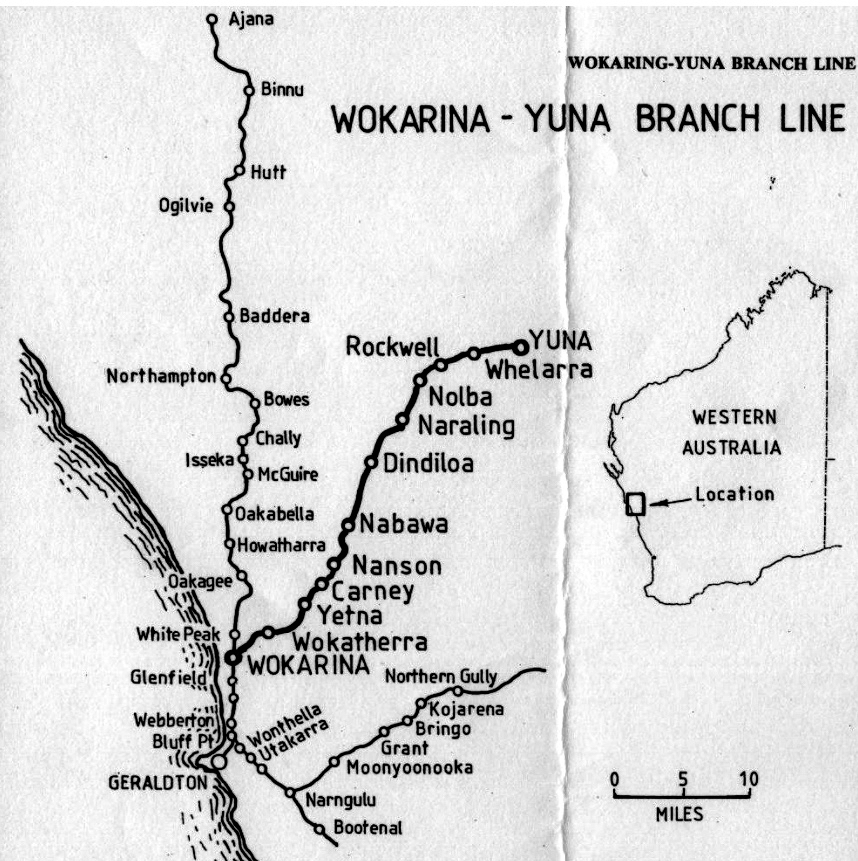
Below: Ajana Railway Station Store.
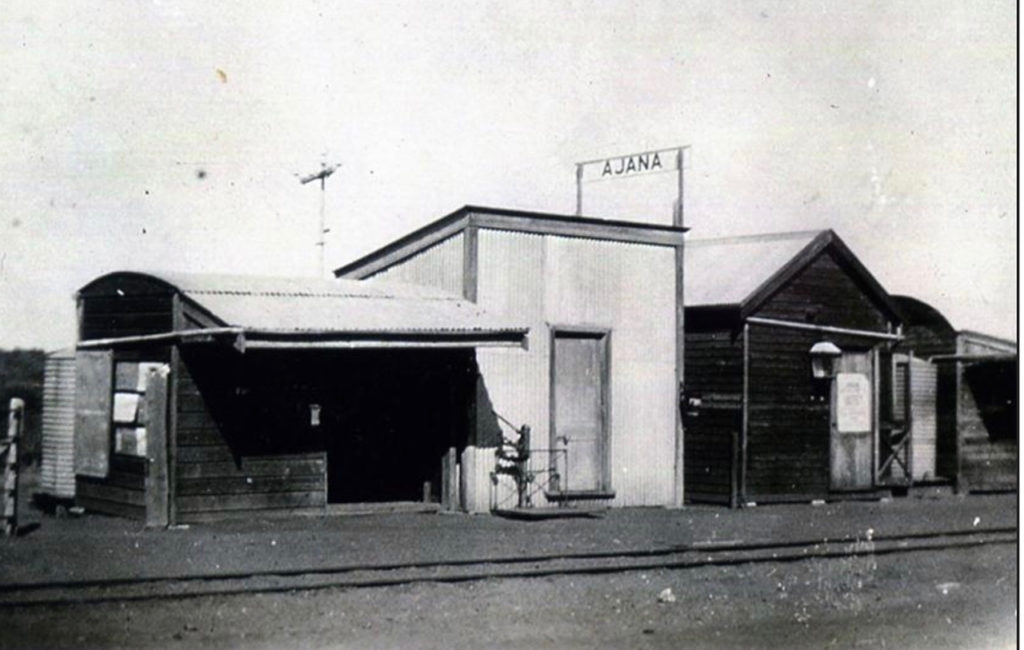
Below: The significance of Cornishman Samuel Mitchell within the mining industry of Northampton and surrounds.
